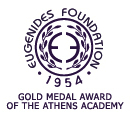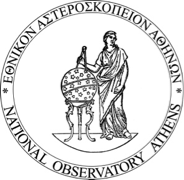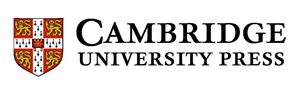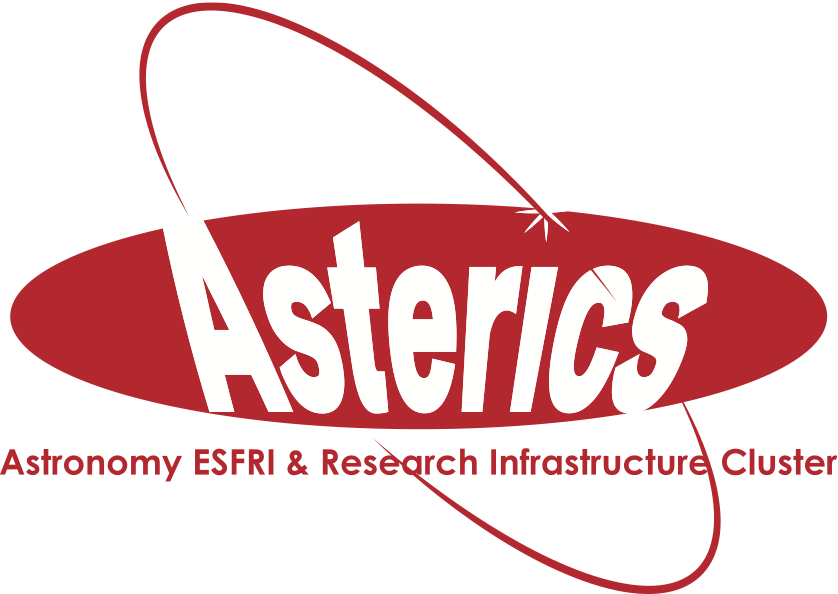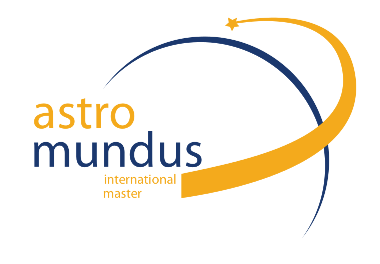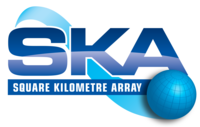|
Symposium S8
7 – 8 July 2016
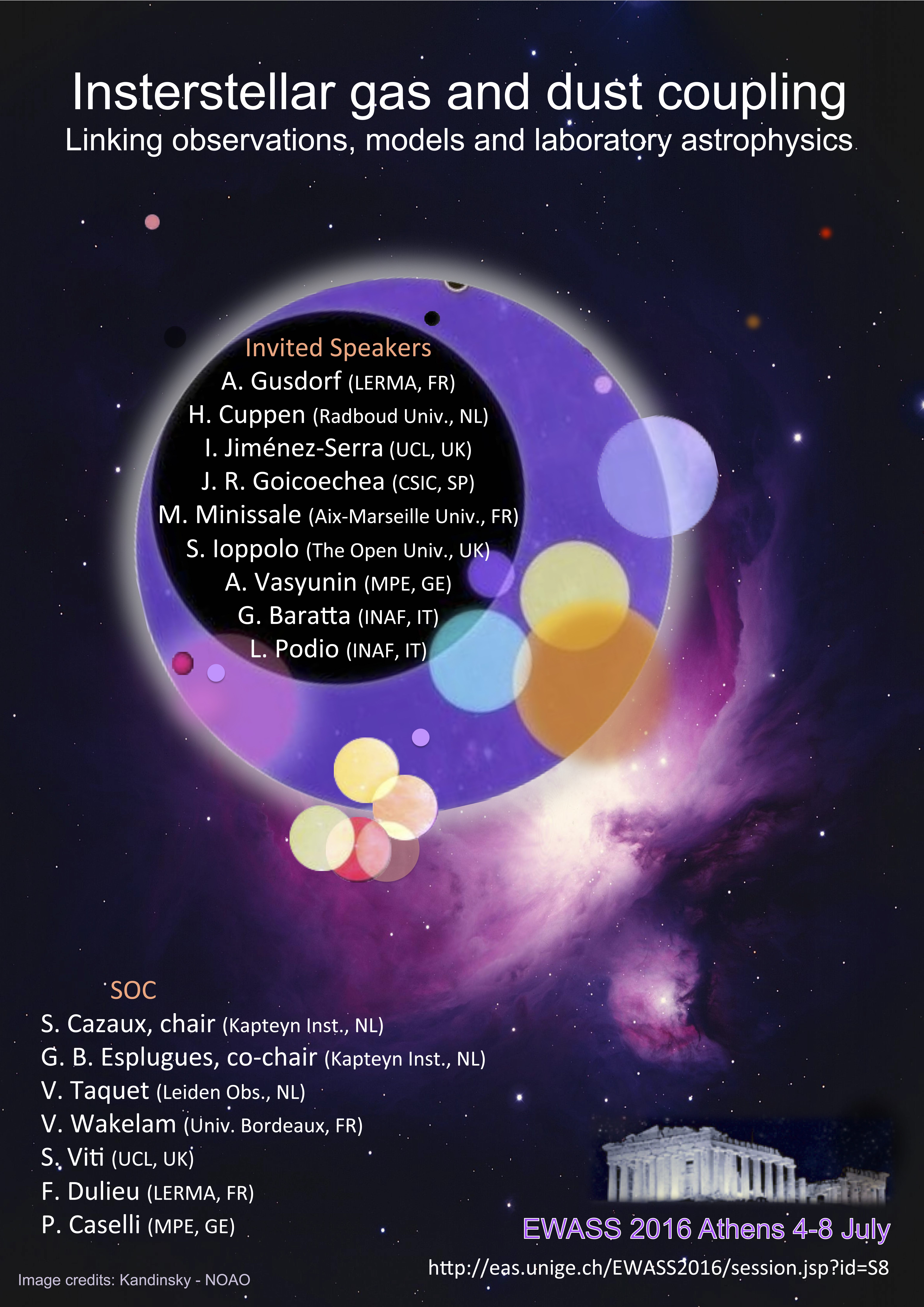
Aims and scope
In regions where stars are forming, about one percent of the mass is in the form of sub-micrometer sized dust particles. However small and insignificant these dust grains may seem, they are now recognized as powerful interstellar catalysts and are responsible for most of the production of the simplest (H2) to the most complex (pre-biotic) molecules observed in our Universe. In addition, since dust particles are interacting with the gas, the chemical composition and thermodynamics of a gas cloud forming stars depends on gas-dust interactions. Understanding these interactions is therefore crucial for all kind of astrophysical objects, from early Universe galaxies to the formation of the Solar System.
Theoretical models have begun to consider the interplay between gas and dust to reproduce observations from different astrophysical environments such as pre-stellar cores, young stellar objects, hot cores and corinos. To constrain the different chemical processes involved in the gas-dust interplay, the need for laboratory experiments under astrophysically relevant conditions has increased considerably in the last decades. However, the step to go from laboratory results to astrochemical models is far from being trivial (different time scales, simplified conditions, assumptions made to derive the parameters needed for models, complex and heterogeneous structure of ices), and need specific efforts to be integrated into current models. Moreover constraints from astrophysical observations carried with new generations of observatories, resulting in spatially resolved molecular abundances, are also challenging the modelers. As such astrochemical models are the cornerstone of both laboratories studies and astrophysical observations.
With the emergence of observing facilities with increasing sensitivity and resolution, an adequate treatment of the interactions between gas and dust is necessary. With that knowledge, numerical astrophysical and astrochemical simulations can be updated to harvest the data coming from present facilities such as the NOrthern Extended Millimeter Array (NOEMA), the Atacama Large Millimeter Array (ALMA), SOFIA, the Very Large Telescope (VISIR and CRIRES), the square kilometer Array telescope (SKA) but also for future astronomical facilities such as the James Webb Space Telescope (launch 2018+), and the European Extremely Large Telescope (start 2020+).
The aims of this 2-day symposium are to (1) determine how efficiently current astrochemical models interpret observations coming both from laboratory experiments and from space, (2) summarize recent observations that are attributed to the interplay of gas-dust, (3) gather knowledge on the different processes involved in the interplay between gas and dust. The different approaches to consider this interplay will be discussed. In addition, this symposium will bring together observers, modelers and experimentalists so that the requirements for new types of observations, or experiments can be established.
Programme
- Laboratory experiments: Processes involved in the gas-dust interaction: Cosmic Rays, photo-processes, reactivity, evaporation, shocks
- Models: Surface chemistry treatments, Astrophysical environments
- Observations: Gas-Dust in Astrophysical environments
Invited speakers
Scientific organisers
Stephanie Cazaux, Gisela Esplugues, Vianney Taquet, Valentine Wakelam, Serena Viti, Francois Dulieu, Paola Caselli
Contact
cazaux @ astro.rug.nl
Updated on Thu Jan 21 14:47:01 CET 2016
|
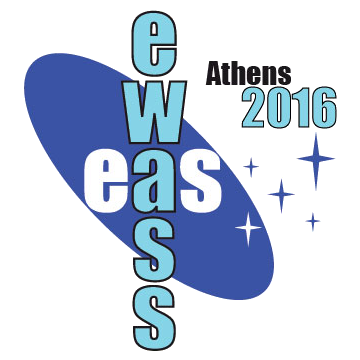
 A power cut will shut down all EAS services on Tuesday, 10 January 2017 starting at 7:30 CET.
A power cut will shut down all EAS services on Tuesday, 10 January 2017 starting at 7:30 CET.


